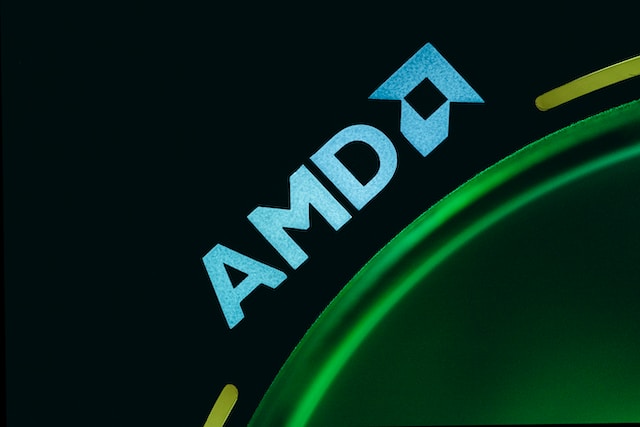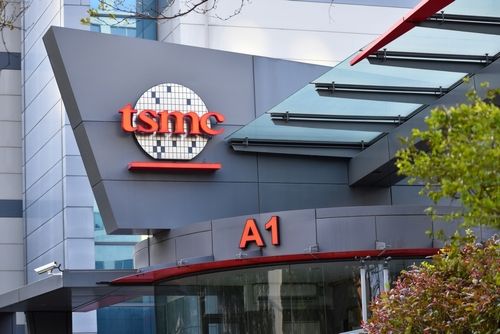Pony AI runs robotaxis in four Chinese megacities

The fight to dominate the robotaxi market is officially on, and both the U.S. and China are throwing punches. Companies on both sides have moved from testing to full-scale deployment.
According to data published by CNBC, Waymo, owned by Alphabet, says it now runs over 1,500 robotaxis across San Francisco, Los Angeles, Phoenix, and Austin, handling more than 250,000 paid rides every week. Tesla, meanwhile, has only just entered the space, launching in Austin.
Across the Pacific, the competition is more intense. Barclays puts China’s current robotaxi count at around 2,000, with most operating in the country’s biggest cities. The bank predicts that by 2030, that number could jump to 300,000, covering about 5% of on-demand transportation in major urban areas.
Chinese authorities have allowed companies to start charging fares, beginning with Beijing’s suburbs in late 2021. Shanghai followed in July 2025, giving another green light for autonomous paid rides.
Pony AI runs robotaxis in four Chinese megacities
Pony AI, a U.S.-listed Chinese tech firm, is currently the only robotaxi operator that’s approved to charge passengers in Beijing, Shanghai, Guangzhou, and Shenzhen. The company hasn’t shared how many robotaxis it operates, but claims each vehicle completes an average of 15 rides per day.
In a note last week, Bank of America analysts wrote, “We believe this milestone [in Shanghai] demonstrates Pony’s technological and operational readiness in [the] robotaxi business.” The firm projected a rise in the company’s scale and earnings, with a stock price target of $21, implying a 60% gain from last Friday’s close.
Tiancheng Lou, Chief Technology Officer at Pony, said during a late July interview that he’s focused on improving safety, cutting costs, and making robotaxis easier to hail. Tiancheng added that the company has already started testing its latest robotaxi vehicles in Beijing and has reduced the cost of hardware by 70%. Pony plans to report its earnings on August 12.
Another Chinese player, WeRide, said last Thursday that its second-quarter robotaxi revenue hit a record $6.4 million. Morgan Stanley also rated the stock a buy, but warned it would stay volatile, depending on progress both in China and abroad.
“We believe progress in global development of robotaxis will expedite the pace of China’s development/rollout of L4 AD/robotaxis,” the analysts said. They also said that older carmakers and politicians in top economies won’t want to lose out on autonomy again after falling behind China on electric vehicles.
Chinese firms move faster overseas than U.S. players
While Waymo is just getting started abroad with a launch in Japan, Chinese companies have already spread their operations. WeRide claims it’s the only company with permits for autonomous driving in Saudi Arabia, UAE, China, Singapore, France, and the U.S.
The company also says it began pilot robotaxi service in Riyadh through a partnership with Uber. In mid-July, Baidu announced a deal to launch its Apollo Go robotaxis on Uber’s platform, with rollouts planned for Asia and the Middle East later in 2025.
The U.S. and mainland China were left out of the agreement since Uber’s China business was bought by Didi. Bank of America said Apollo Go’s pricing on Uber will probably match human drivers’ fares.
The bank added, “We think value in [the] overseas market could be multiple times higher than China, hence its profitability overseas could have much larger room.” The analysts gave Baidu a $100 price target, and the company is expected to report earnings on August 20.
Barclays estimates that Baidu is already breaking even in Wuhan, excluding research and development costs. Most Chinese robotaxi players are close to reaching breakeven as well. The analysts explained that the ability to design and build cheaper robotaxis is the biggest reason why these companies could hit unit breakeven, excluding R&D and HQ costs, by late 2025.
The cost differences are clear. Each Waymo vehicle reportedly costs about $200,000. Baidu’s Apollo RT6 comes in at around $37,000, while Pony’s newest model costs about $42,000, and WeRide’s is a little more than that.
Want your project in front of crypto’s top minds? Feature it in our next industry report, where data meets impact.





